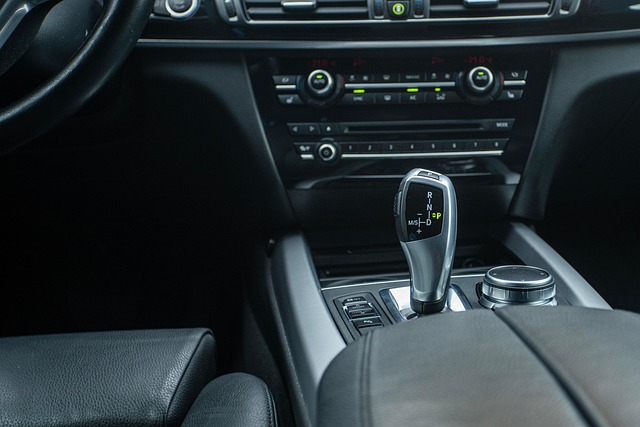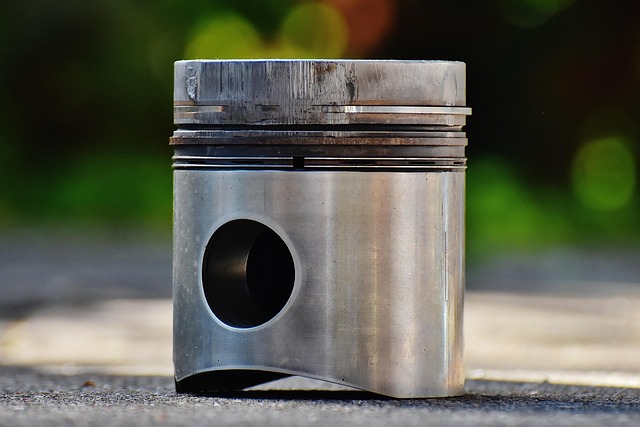Registering Your Car in California: A Step-by-Step Guide to VIN Verification
Looking to register your car in California? This comprehensive guide navigates the process, from understanding key requirements to crucial steps like VIN verification. We break down gathering essentia…….

Looking to register your car in California? This comprehensive guide navigates the process, from understanding key requirements to crucial steps like VIN verification. We break down gathering essential documents, performing the vehicle identification number (VIN) check, and submitting applications with associated fees to the DMV. By following these steps, you’ll ensure a smooth registration experience in the Golden State. Remember, accurate VIN verification is paramount for compliance and safety.
- Understanding the California Car Registration Process
- Gathering Required Documents for VIN Verification
- Performing Vehicle Identification Number (VIN) Check
- Submitting Applications and Fees to DMV
- Post-Registration: Important Steps and Considerations
Understanding the California Car Registration Process

Understanding the California Car Registration Process begins with recognizing that it’s a multifaceted procedure involving multiple steps and stakeholders. The process ensures vehicles on California roads meet safety and environmental standards, while also facilitating efficient vehicle ownership tracking through unique identifiers like the Vehicle Identification Number (VIN). A crucial initial step is VIN verification, which establishes the authenticity of your vehicle’s identification number. This can be done through a standard vin inspection or by employing a mobile vin verifier for added convenience.
Once verified, you’ll need to visit a California Department of Motor Vehicles (DMV) office with required documents, including proof of ownership, driver’s license, and insurance. You’ll also need to pass emissions testing in most cases, highlighting the state’s commitment to environmental stewardship. The DMV will then process your registration application, assigning a unique California license plate to your vehicle once approved. This streamlined process ensures that car owners in California can maintain their vehicles legally and responsibly while navigating the bustling state highways.
Gathering Required Documents for VIN Verification

Before you begin the registration process in California, it’s crucial to gather all the essential documents for VIN (Vehicle Identification Number) verification. This step is a critical part of ensuring your vehicle complies with state regulations. You’ll need to provide proof of ownership, typically through a title document or a bill of sale, showing that you have the legal right to register the car. Additionally, a current registration from another state or a valid insurance card may be required.
For convenience, many individuals opt for a mobile vin verifier or mobile vin inspection service, which allows them to complete this process efficiently. These services offer on-site inspections and can help streamline the gathering of necessary documents, including verifying your vehicle’s VIN through digital means. Having these documents ready will significantly facilitate the registration procedure.
Performing Vehicle Identification Number (VIN) Check

Before registering your car in California, a VIN (Vehicle Identification Number) check is mandatory. This step ensures that the vehicle’s history is clear and accurate, which is crucial for both safety and legal compliance. You can perform this vin verification through various official channels, including mobile vin inspection services that offer convenience and efficiency.
These mobile vin verifier options allow you to complete the process quickly without visiting a DMV office. A simple online search or app download can connect you with these services, making it easy to get your car registered. With just a few clicks, you can initiate a mobile vin verification, providing peace of mind that your vehicle’s history is genuine and free from any discrepancies.
Submitting Applications and Fees to DMV

When registering your car in California, submitting applications and fees to the DMV is a crucial step in the process. You’ll need to complete Form SM 700 (Application for Title and Registration) and provide several essential documents, including proof of insurance, a valid driver’s license, and the vehicle’s title (if applicable). Additionally, you must undergo a vin verification process, which ensures that your car’s unique identifier—the Vehicle Identification Number (VIN)—is accurate and matches the data in their records. This can typically be done online or at a DMV field office.
For convenience, many California residents opt for mobile VIN inspection services, allowing them to verify their vehicle’s details from the comfort of their homes or places of business. These mobile vin verifiers streamline the process by offering quick and accurate assessments, ensuring that all required information is correct before submitting your registration application. This step is not only crucial but also time-saving, as it helps avoid potential delays in processing your car’s registration.
Post-Registration: Important Steps and Considerations

After successfully registering your vehicle in California, there are several important steps and considerations to keep in mind for a smooth ownership experience. One crucial aspect is ensuring proper documentation, including maintaining accurate records of maintenance and any modifications made to the car. It’s essential to store these documents securely, as they may be needed during future transactions or inspections.
Additionally, consider scheduling regular vehicle inspections, such as emissions tests, to comply with California’s regulations. For convenience, some services offer mobile vin inspection and vin verification, allowing you to complete these tasks without visiting a traditional testing facility. This not only saves time but also provides peace of mind, ensuring your vehicle meets all necessary safety and environmental standards.
Registering a car in California involves several straightforward steps, from gathering essential documents for VIN verification to submitting applications and fees at the Department of Motor Vehicles (DMV). After successful registration, remember to complete post-registration tasks like updating your insurance and displaying your new license plate. Following these guidelines ensures a smooth process, keeping you and your vehicle legally compliant on California’s roads. Always refer to official DMV resources for up-to-date information regarding any changes in regulations, especially during the crucial VIN verification stage.







